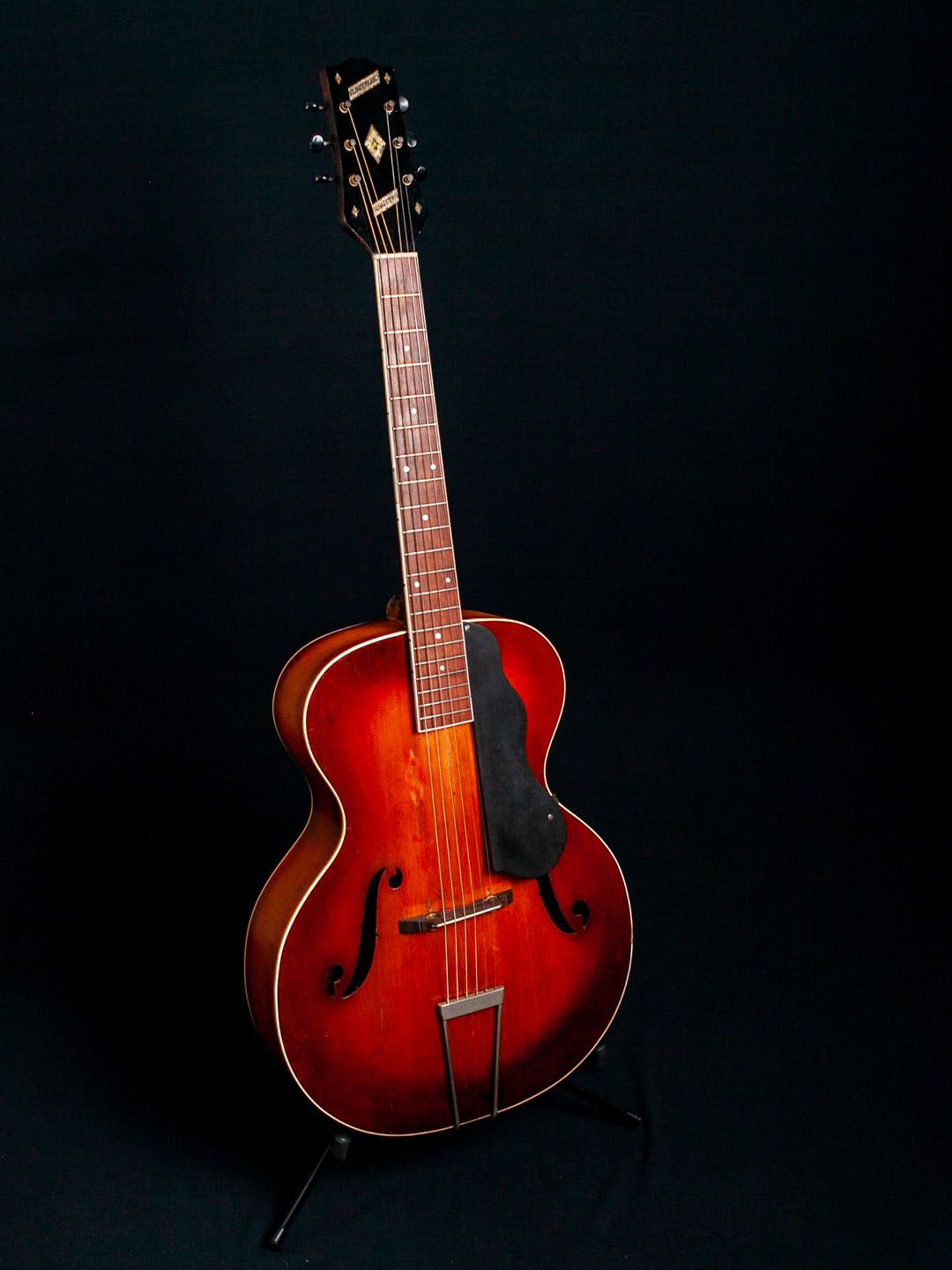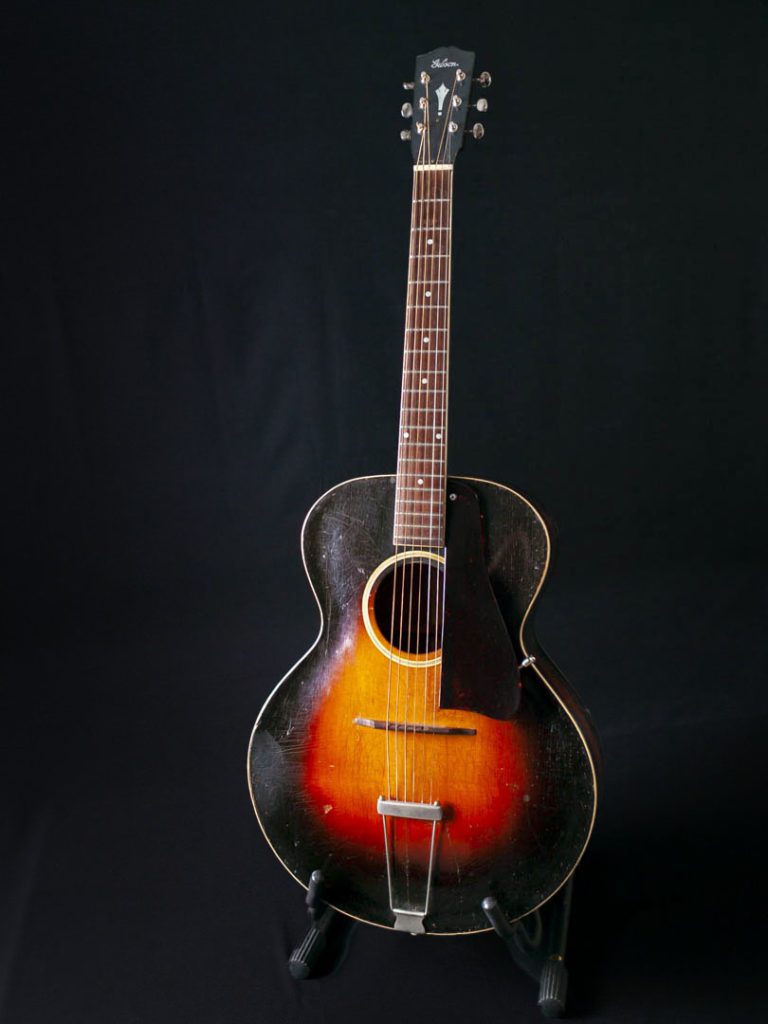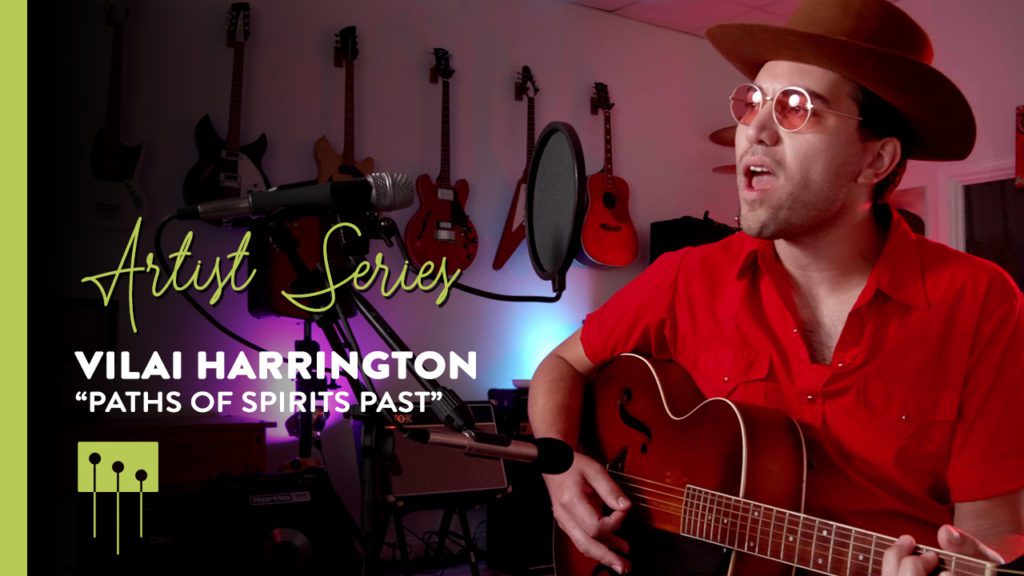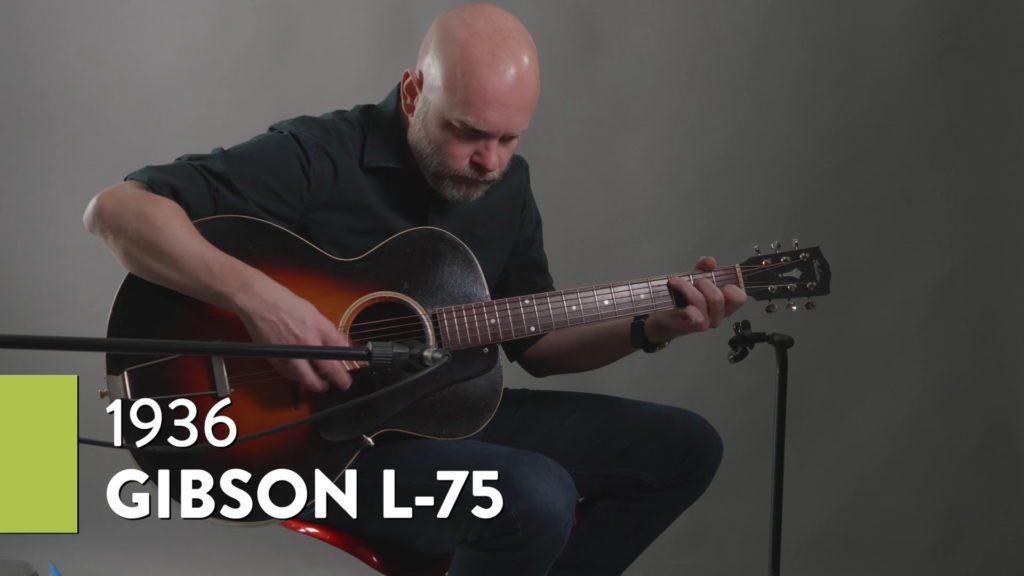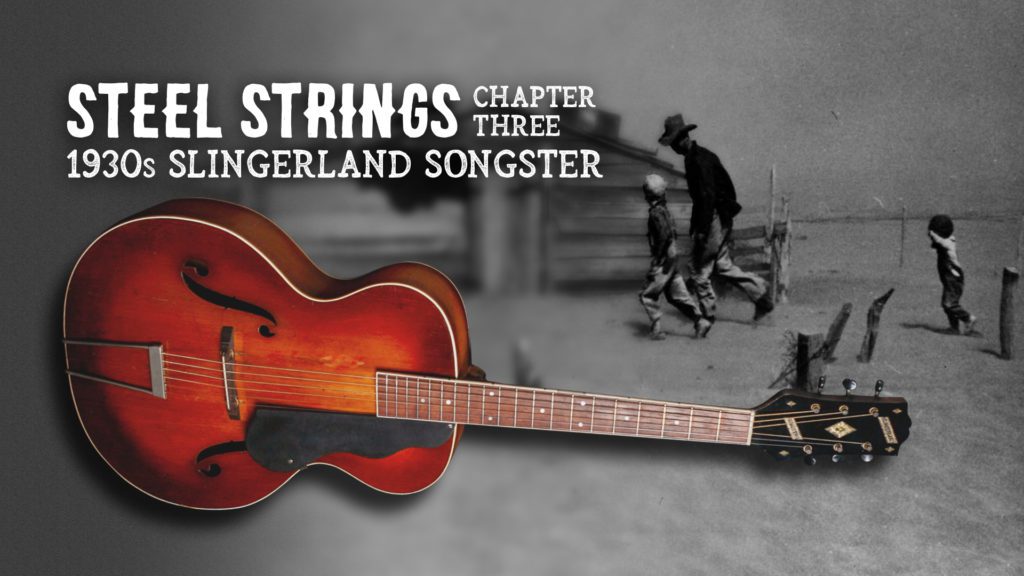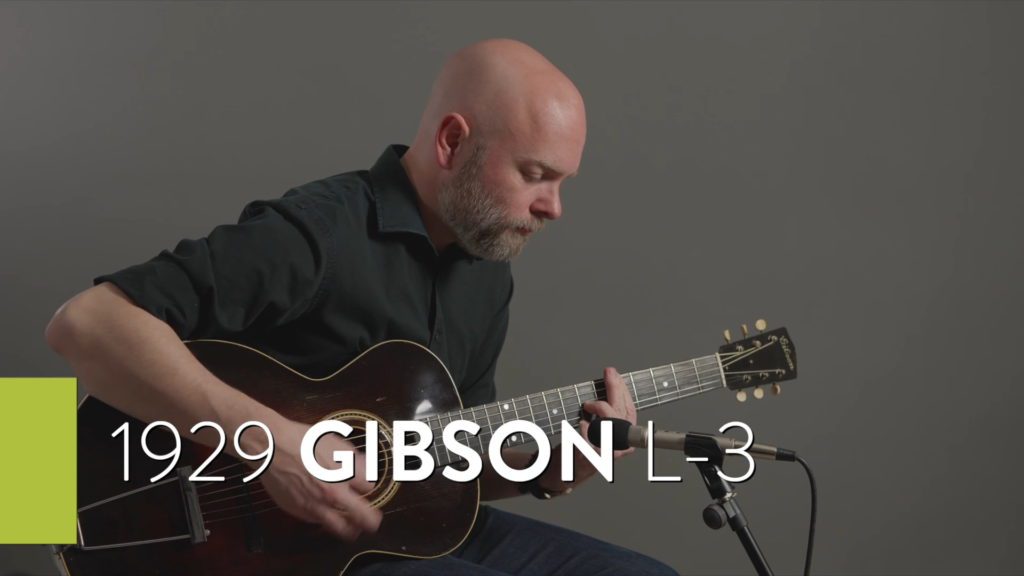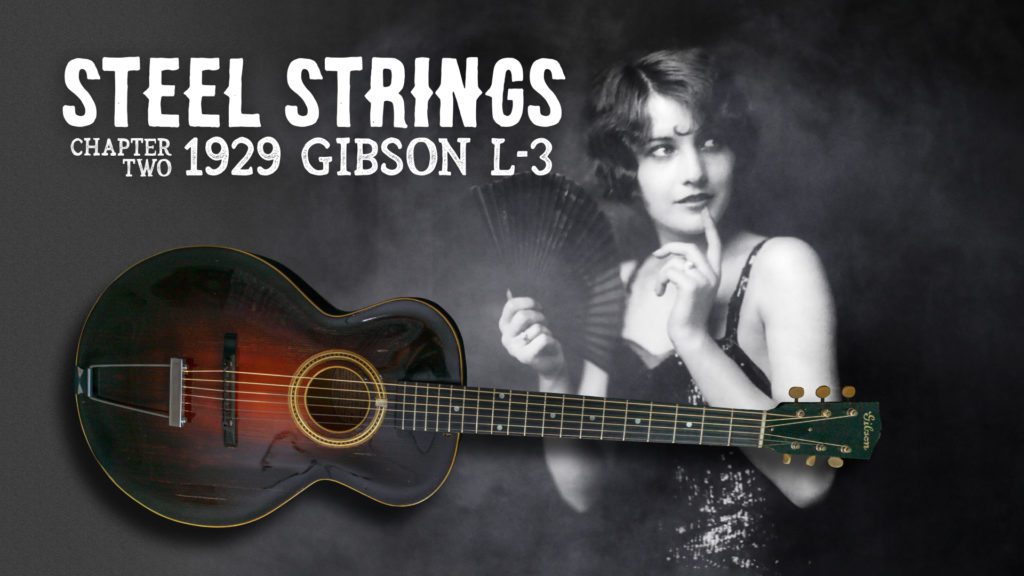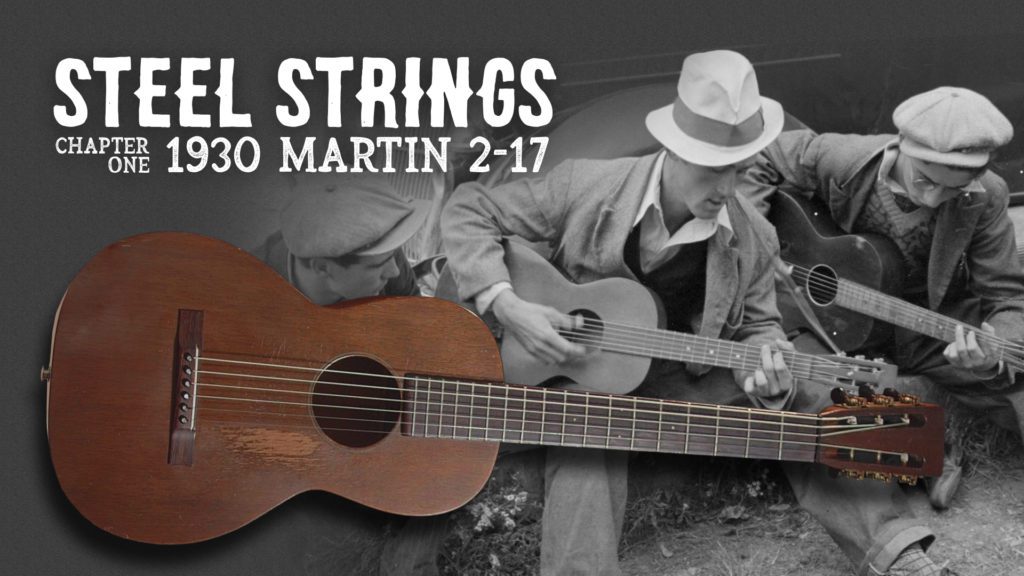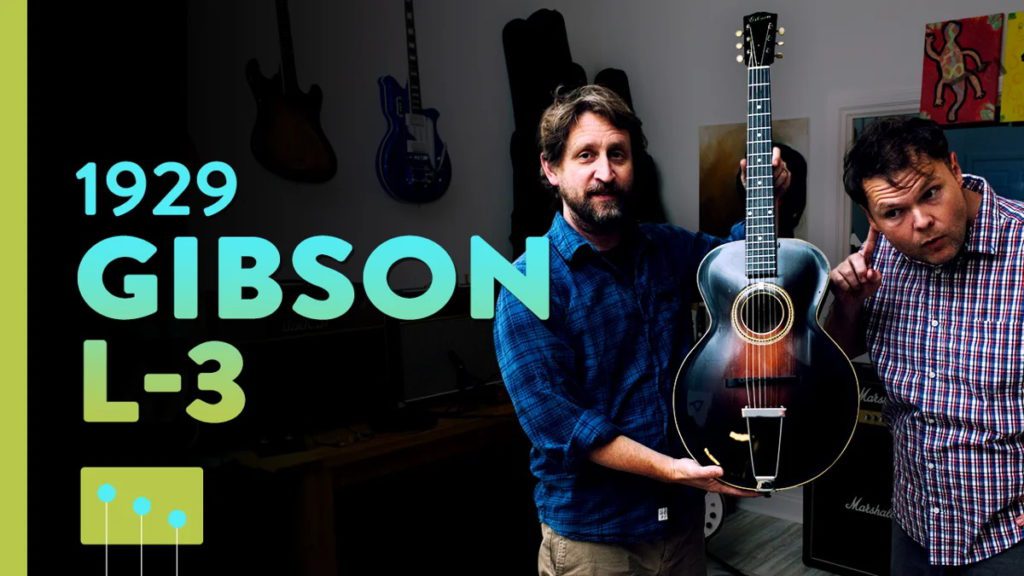Steel Strings

The Video Series
Steel Strings: The Sound of the Great Depression
The Guitar Century
As the 20th Century began here in America, the guitar was mostly played by women in the parlors of their homes. Though the guitar was a wonderful instrument for solo playing and voice accompaniment, it was a quiet instrument. It could not be heard in public settings, so it stayed among families in their private spaces. Steel strings, though, changed all that. Steel strings had a voice that could rise above the fire pits and the chatter. It was the steel string guitar on which we wrote the soundtrack of America.
In the 1910s and 20s, the steel string guitar replaced the banjo as the primary instrument of the people’s music – folk and blues. Country and Western music were born on the guitar and took the guitar to national fame on the radio. The crazy cool cats of jazz even adopted the guitar, where the guitar was faced with an old problem. It wasn’t loud enough. And thank goodness for that because that sparked the genesis of amplified guitars. As they got louder, you get Rock n Roll, then Hard Rock, Punk, and Metal – all the major historical genres that feature the guitar as the primary instrument. One could easily say that the history of the guitar is a quest for volume.
The Guitar Makers of the Day
Guitar makers started using steel strings on Hawaiian guitars (square neck guitars) early on, and even offered custom options to buyers to have their flat top and arch top guitars equipped with steel strings (as opposed to the standard gut strings). But by the late 20s, steel strings were commonplace and by the 30s they were standard.
C.F. Martin and Company and Gibson Bands Incorporated were kings within the guitar industry at the height of the 20th century, both eager to meet consumer demands. They managed to produce the loudest, most memorable steel-stringed guitars on the market. Each company, inspired by the other, developed the standard models for archtop and flat-top guitars that would become the basis for many later innovations for the remainder of the century. While their approaches and tonalities differed, their production quality established them both in guitar history.
Because of their dedication to steel-string production in 1921, Martin made the most important breakthrough regarding the new feature: creating a flat top guitar that could survive the tension of steel strings without the use of a tailpiece. Christian Fredrick Martin, the innovative mind behind C.F. Martin and Company (often referred to as Martin), invented the flat-top acoustic guitar. Martin replaced the old-fashioned fan bracing with beefed up X-bracing to strengthen the soundboard. The intersection of the X, between the sound hole and the bridge, enables the top to be quite stiff to counteract the tension of steel strings without muffling the sound of the guitar.
Because the strings were tighter and rougher, picks became standard for flat-top players which fundamentally transformed the type of music played on these instruments, introducing a chord-driven style of music. Despite the passing of two centuries, the flat-top guitar has maintained its popularity among acoustic guitar players.
The Birth of Country Music
Country music is a blend of popular musical forms found in the southern USA, the Appalachian Mountains, and western settlers. The bright, twangy sound of steel-string guitars held its ground alongside folk instruments such as the banjo, mandolin, and fiddle. Early musicians in country music seemed to have preferred Martin flat-top acoustic guitars. Jimmi Rodgers, “The Father of Country Music” treasured his 1927 Martin 000-45 which accompanied his famous yodels. Gene Autry, considered the second major influential artist of the genre and a pioneer of country music, played a Martin D45 in his 1934 movie Tumbling Tumbleweeds. Other early influences who followed their example include Hank Williams, Ernest Tubb, Lester Flatt, Hank Snow, Kitty Wells, Red Foley and Eddy Arnold. However, the Gibson Jumbo J-200 also caught the attention of Grand Ole Opry performers and other western artists. Country musicians were undoubtedly attracted to the volume of the steel-stringed acoustic guitar as the main accompaniment to their vocals.
The Blues: The Guitar Solo
The Blues, initially involving gut string guitars, combines a major and minor tonality. The “mixing” of sounds is the result of blending both European diatonic scales and African pentatonic scale patterns. The blend is achieved through sliding on and bending the strings. The produced sound goes up and down in pitch, making a wailing sound that is distinct to the genre. While the blending technique could be performed on a gut string guitar, the tension of the steel-stringed guitar transformed the piece. When steel strings debuted, they allowed for this experimentation with the strings that would eventually develop into the first guitar solos as we know them today.
Martin: The Dreadnought
Furthering the development of the acoustic guitar as a solo instrument, Martin produced the 14-fret neck guitar which allowed easier access to higher notes. They aimed to revise an established guitar body known as the dreadnought, a large-bodied guitar with a deeper soundbox. In 1931, Martin reintroduced the dreadnought with X-bracing and two years later, modified its shape to accommodate a 14-fret neck. Its impressive volume met market demands, and the “dreadnought” size and shape is considered the standard for current acoustic guitars. Its fame became well-established within the industry as it is used in a wide variety of musical genres.
Gibson: Inventing The Archtop Acoustic
While Martin was relishing in the success of the earlier mentioned models, Orville Gibson was inventing his own guitar model based on his earlier mandolin and violin models. Thus, the archtop guitar was born. He married the steel-string guitar with a cello-esque body so that the bridge exerted no torque on the top, allowing the top to vibrate more freely and produce more volume overall. In the early 1920s, Gibson revisited the archtop design, tweaking the oval holes into its recognizable design with f-holes, a floating bridge, and a cello-type tailpiece. These features gave the archtop increased volume and tone, satisfying customers who desired a fuller sound. Their 1923 L-5 model would become the benchmark for all archtop makers containing a 16-inch lower bout, adjustable bridge, a pair of parallel tone bars, and elevated fingerboard.
Jazz Music: The Evolution of The Guitar Solo
Jazz guitars were faced with overcoming three primary struggles: being incorporated into the jazz sound, becoming audible, and finding heir role in the music. Prior to the steel-stringed guitar, acoustic guitars were merely a background of chords in jazz pieces. However, the coming recognition of guitar solos were because of jazz artists such as Eddie Lang and Nick Lucas dedicating radio airtime to unaccompanied guitar rhythms from 1922 to 1925. By the 1930s, the guitar and its chords of greater harmonal complexity had replaced the banjo as the primary chordal rhythm instrument in jazz music, blending with the upright bass which had replaced the tuba almost entirely. Eddie Lang established the L-5 as a primary jazz instrument with a short sound sustain that was loud enough to be heard, deeming the archtop as a jazz favorite over the banjo between 1925 and 1929.
Gibson: Getting Electric
The electric guitar resulted from pickups being added to Hawaiin and “jazz” guitars in the late 1920s. The ES series became the first commercially available hollow-body electric guitars, including the first adjustable truss rod and height adjustable bridge. However, amplified guitars did not meet wide success until the debut of the Gibson ES-150 model in 1936. Conceived in the early 1930s, the electric guitar became a necessity as jazz musicians sought to amplify their sound to be heard over loud Big Bands. Gibson would also focus on features such as development of the “bar pickup” and other magnetic pickup innovations to amplify the sound and control the feedback of the electric guitar.
Featured Maker
Santa Cruz Guitar Company
Santa Cruz Guitar Company was founded by, and is operated like a family by, legendary luthier Richard Hoover. Richard brings a study of violin making to his craft that has Santa Cruz Guitars building as masters once did with the great Stradivari violins. They use sustainably harvested wood that is often hundreds of years old, and they tune each guitar to the natural tones of the wood being used as they build it. It’s a wonderful process to behold for sure.
Model: 1929 O Mahogany
The 1929 O from Santa Cruz is an homage to the small mahogany guitars of the Great Depression. Beautifully crafted, full-bodied in tone, very comfortable. The guitar sounds amazing.

